The Delaware people of Pennsylvania are one of the more fascinating tribes of ancient America. Contact with Europeans saw them shatter into more subdivisions than modern Delaware descendents will admit to. As with other warlike and powerful tribes, they were able to gain preferential treaties with Europeans from the outset, acting as an allied military force for English, French and Americans, as slave catchers and mercenaries for Pennsylvanian plantation owners, and eventually as scouts ranging all over the continental United States and adjacent territories, all the way to the Pacific Ocean.
From the early to mid 1700s, the fragmented, displaced peoples of this confederacy ranged from pious Christians, to austere native thinkers, to alcohol-ridden bands of savages renown for burning people alive and even practicing the ritual murder of tribal members, which was very unusual among natives from north of the Mississippian homeland. What we have in the people the world knows as the Delaware [an Anglo-American name] is a murky case of fragmentation, of the survivors of a cultural apocalypse following diverse paths to survival and extinction. In our current climate it is impossible to have a balanced discussion of these remarkable people—who remained at the forefront of the European-Amerindian clash for 250 years. We do know that their warriors were feared by tribes 3,000 miles from their homeland and that the first Europeans thought they demonstrated European racial traits.
The sculpture by Frank and Lally House, viewable via the link below, is a beautiful work that depicts the warrior of the Eastern Woodlands as one of the most innovative martial figures in human history. For the men of these warlike tribes borrowed and adapted European weaponry to light infantry tactics far superior to those used by European soldiers and that are currently the basis for infantry doctrine and special operations warfare around the world. These methods were consciously adopted by the British in the late 17th and early 18th century and used against the French in Spain, used by the Confederacy against the Union during the American Civil War, then later adapted by the German Storm Troopers of WWI to break the trench warfare stalemate. Most importantly, these methods were transferred directly to the American Rifleman, who fought as often alongside as against the Native warrior, and continue to supply the globalist war machine with its most effective man-to-man killers.
Oops, scratch that—the Delaware were all herbalists and farmers, not even hunters of note…
It is difficult to find objective information on the Delaware, for, as with most Native American tribes, their history has been overtaken by the civil rights agenda and cultural martyrdom studies, easily gleaned from the first link below. In the link below you will note a complete historical gap for the post-contact period and a focus on feminine arts.
Hope remains in combining the reading of books such as that listed below and of European period accounts into a comprehensive view of a people scattered by the tide of history.
link › hopefarm.com/indians2.htm
America in Chains


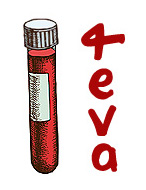
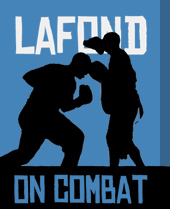


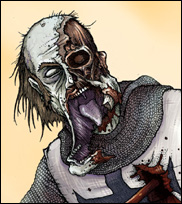
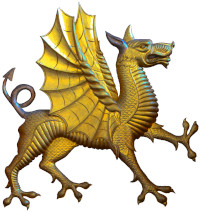

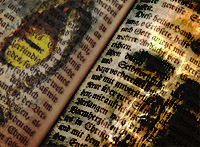

The Delaware made themselves servants, depending on the goodwill of their masters. They did not negotiate their own future welfare, when they had the strength to do so. People who use other people are sociopaths and do not honor their agreements after the other party to the agreement can deliver value to the sociopath.
People who use other people view them like you and I view toilet paper or Kleenex. Toilet paper is of great value and highly esteemed before it is used. After it is used, it has no more value to us. We flush it away and give it no more thought.
Thanks, Max.
I have noticed that they show up more often and in a wider variety of roles across the continent seemingly because of their common capacity as a second man, a guide. As a people the Iroquois are a far more successful tribal example.
But, as individual warriors, their men continued to impress despite the fortunes of their tribe. And yes, like all coopted warrior castes, they are discarded when their master's need shifts. I see a day when robotics will result in our current special ops warriors being similarly discarded.